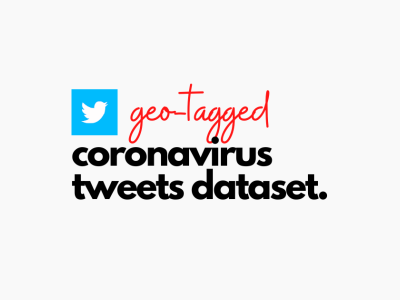ECG and EEG features during stress

- Citation Author(s):
-
Apit Hemakom
- Submitted by:
- Apit Hemakom
- Last updated:
- DOI:
- 10.21227/ajw5-t756
 2544 views
2544 views
- Categories:
Abstract
Mental health greatly affects the quality of life. The ability to detect and classify multiple levels of stress is therefore imperative. The aim of this work is to develop machine learning models for detection and multiple level classification of stress through ECG and EEG signals for both unspecified and specified genders. The models for the detection of stress from ECG are developed for real-world use, while the models based on ECG and EEG for the detection and multiple level classification of stress are devised towards clinical use. The detection models are achieved through developing and evaluating multiple individual classifiers. Stacking technique comprising multiple individual classifiers working in conjunction, on the other hand, is employed to achieve multilevel stress classification models. The models were trained and tested using ECG and EEG features extracted from 30 subjects. It is shown that most of the time kNN and SVM classifiers yielded highest classification accuracy for stress detection from ECG, and ECG together with EEG, and the performances of our models for unspecified (mixed) genders are comparable to those of other studies for both the detection and multilevel classification of stress. This study also reveals that the difference in genders affects classification accuracy for low-stress detection from ECG, any levels of stress detection from ECG and EEG, and multilevel stress classification from ECG and EEG – the classification accuracy for females is lower than that for males.
Instructions:
ECG, EEG, and Ratio of Alpha&Beta power are separated into 3 files.








For my project on stress detection through ECG and EEG for the pattern recognition course, I am accessing the dataset titled "ECG and EEG features during stress", which was submitted by Apit Hemakom. The dataset, licensed under Creative Commons Attribution, includes features from 30 subjects to detect and classify multiple levels of stress.
The primary aim of this study is to use machine learning models for stress detection and classification based on ECG and EEG signals. The models developed have applications both in real-world and clinical settings. Multiple classifiers, including kNN and SVM, have been utilized, showing high accuracy for stress detection. Additionally, gender-specific performance differences in stress classification were observed, where lower accuracy was found for females compared to males.
I will use this dataset to implement classifiers and explore how ECG and EEG signals can contribute to accurate stress detection.